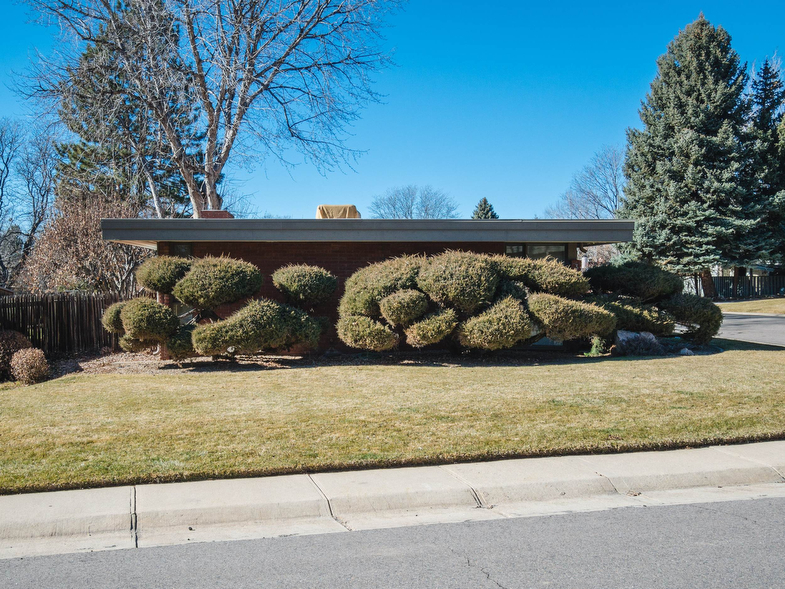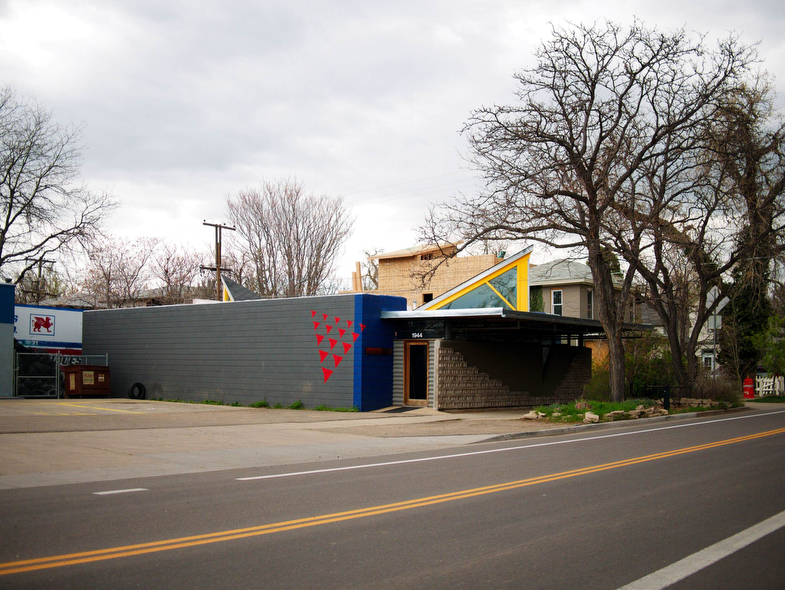
While the answer to the question “Why do I take photos?” might look easy, the more I delve into my work I realize that I haven’t got any convincing answers to the question.
Why do I insist, come back and utilize some specific motif to develop compositions? Why do I choose low resolution? How is a trivial aspect of reality transformed into something more meaningful in the world of photography? Why do posters showing people and statues pull me closer to them so that I can set them up in a tender but at the same time upsetting manner? Is the picture itself that touches me or a vague remembrance thereof?
As if there is an internal resistance to hold back the answers for fear that decodification will push me into a conscious mechanism of production of identical pictures without any authenticity or soul.
A tormenting process, which I however enjoy, because, to the initial question “Why do I take photos?” – I can now give a more substantive answer: because I long for that surprise that I will feel when, once again, reality will reappear before my eyes transformed, different, mysterious and unpredictable.
— George Vogiatzakis, Athens, Greece


















